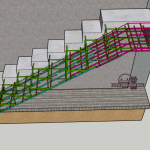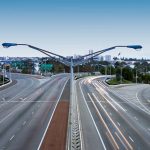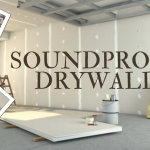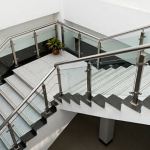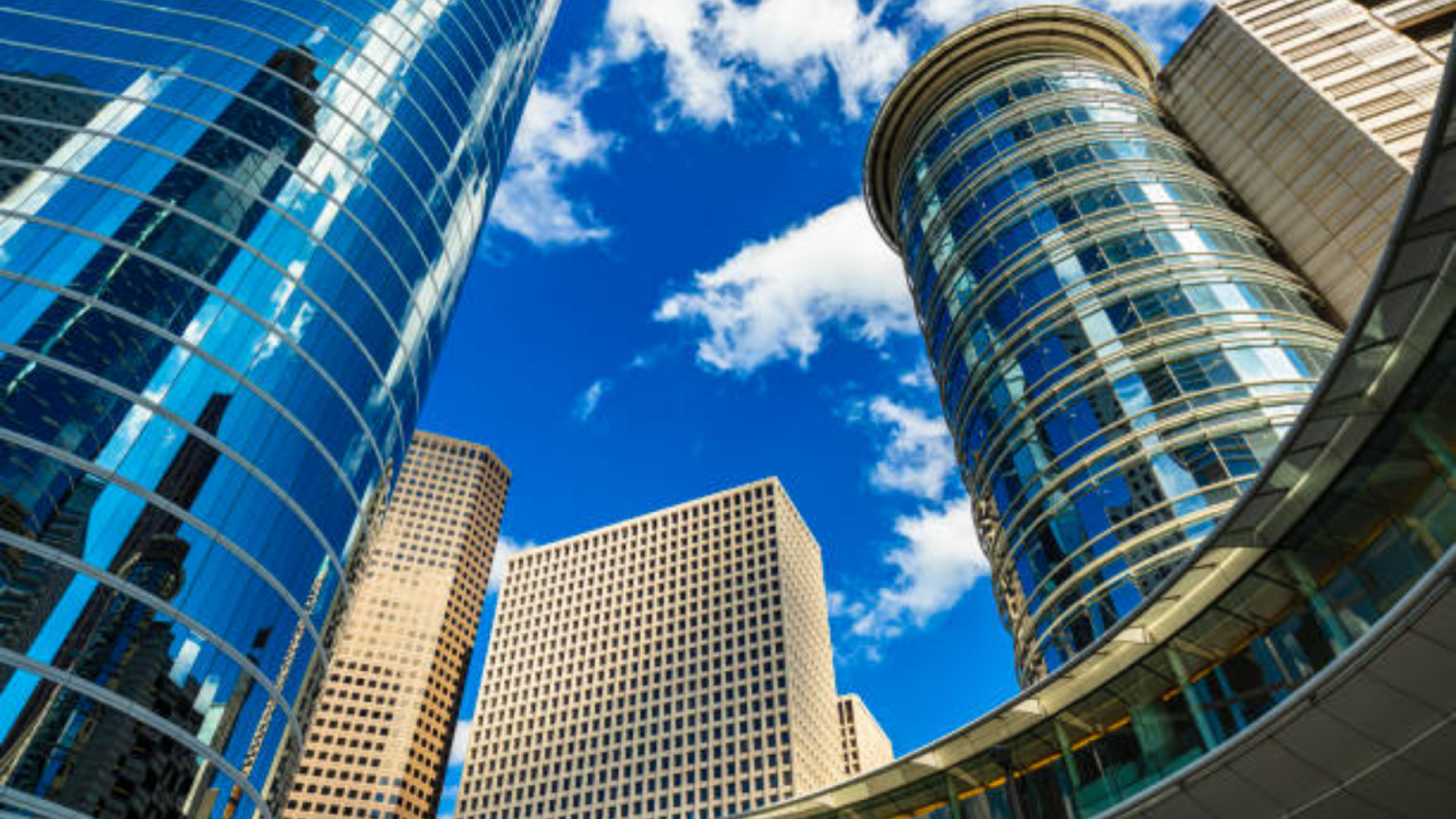
There are many different types of buildings that are categorized depending on factors such as construction, purpose, size, style, and design.
Buildings are classified according to their use and occupancy under the International Building Code (IBC) and the Uniform Building Code (UBC).
The IBC and UBC requirements are reasonable since they control structural design and construction, and each building reflects a particular amount of risk and neighboring property.
What is building?
A building is a structure that has a wall and a roof that stands in one location more or less permanently. For instance, a home or a factory. Buildings provide a variety of societal functions, including providing shelter, living space, privacy and security, storing resources, and providing a workplace.
Types of Buildings
Buildings can be divided into the following categories based on their character of occupancy or kind of use:
- Assembly Buildings.
- Business Buildings.
- Educational Buildings.
- Hazardous Buildings.
- Industrial Buildings.
- Institutional Buildings.
- Mercantile Buildings
- Residential Buildings.
- Storage Buildings.
- Demolished Buildings.
- Multi-storey Buildings.
- Semi-circular Buildings
- Slum Buildings.
- Unsafe Buildings.
- Special Buildings.
- Multi-level car parking.
Also read: Structures
| TYPES OF BUILDINGS | PURPOSES |
|---|---|
| Assembly buildings | For entertainment, recreation, etc. |
| Business buildings | For transaction of business. |
| Educational buildings | For education or recreation. |
| Hazardous buildings | For handling and manufacture harmful products. |
| Industrial buildings | For industrial use. |
| Institutional buildings | For medical or other treatment. |
| Mercantile buildings | For display and sale of goods. |
| Residential building | For general residential purposes. |
| Storage buildings | For storing the products. |
| Demolished buildings | Not a valid building. |
| Multi-storey buildings | For human accommodation. |
| Semi- circular building | Ancient building. |
| Slum building | For slum people accommodation. |
| Unsafe building | Not a valid building. |
| Special building | For wholesale establishments & industries. |
| Multi-level car parking | For car parking. |
Buildings are categorized based on their intended use.
1.Assembly Buildings
These structures may include any structure or portion of a structure where a group of people gathers for relaxation, entertainment, social, religious, or other reasons, such as theaters, assembly halls, exhibition halls, restaurants, museums, clubs, rooms, auditoria, and so on.
2. Business Buildings
Any building type or portion of a building used for commercial transactions; holding accountants’ records; courthouses, city halls, town halls, and so on.
3. Educational Buildings
These building include any structure used for instructional, educational, or recreational reasons in a school, college, or childcare.
4.Hazardous Buildings
These buildings include any structure used for the storage, handling, manufacturing, or processing of highly flammable explosive materials or products that are prone to burning extremely quickly and emit hazardous gases.
This structure is used to store, handle, or make highly corrosive, hazardous acids or other liquids or chemicals that generate fires, fumes, explosives, and so forth.
5. Industrial Buildings
These types of buildings are mostly used for manufacturing. Products or materials of all types and qualities are manufactured, assembled, or processed here; for example, gas plants, refineries, mills, dairies, and so on.
6. Institutional Buildings
Any structure or component utilized for medical treatment is included in this category. Hospitals, nursing homes, sanatoria, mental hospitals, jails, orphanages, prisons, and other institutions fall under this category.
7. Mercantile Buildings
Buildings used for soap, markets, stores, wholesale, or retail must be included.
8. Residential Buildings
When more than half of a building’s floor space is used for living purposes, it is classified as a residential building. Other structures should be classified as non-residential.
A residential building is one that is intended and constructed for people to live in and call home. Residents may be a family, a single person, a couple, roommates, or a group.
A residential structure consists mostly of:
- A living room/ space,
- Facilities and amenities
- A sleeping room ( bedroom)/ space,
- Cooking room/area (kitchen).
All of those functions can be either shared rooms or spaces with private rooms for each function. Buildings of this type include one or two private residences; apartment houses (flats); bungalows; apartment buildings; condominium structures; hotels; dormitories; duplexes; terrace buildings; semi-detached buildings; story houses; and so on.
9. Storage Buildings
These structures are typically used for the storing or sheltering of commodities, wares, or commerce, such as warehouses, cold storages, garages, stables, transit sheds, and so on.
A building classification based on design and height:
10. Demolished Buildings
A separate building is defined as a structure with its own roof and walls that is isolated from other structures and has open space inside its bounds.
11. Multi-storey Buildings
High-rise buildings are defined as structures with more than four storeys and elevations exceeding 15 metres (without stilts) or 17.5 metres (with stilts) above the average level of the front road.
12. Semi- circular Buildings
These structures have open areas on three sides and are unlike any other building. (An important section of the property that is open to the sky is referred to as “open space.”)
Building classification based on safety standards.
13. Slum Buildings
Due to insufficient sanitation, ventilation, and other detrimental issues, these buildings have a low degree of maintenance and poor living conditions. Slums are designated by a competent body in accordance with the applicable law.
14. Unsafe Buildings
These buildings are structurally weak and unsafe, uneven or contaminated, lack sufficient access and escape facilities, are prone to fire danger, constitute harm to human life, and may pose a threat to safety, health, or danger.
Public welfare is considered dangerous.
According to government rules, these structures must undergo rehabilitation, destruction, or other necessary measures as authorized by the appropriate authority.
Building Classification (Types) based on Other Features:
15.Multi-level car parking
These structures are either below ground with two or more basements, or above ground with two or more levels, mostly used for parking automobiles, motorcycles, scooters, and other light motorized vehicles.
16. Special Buildings
It is a worldwide category that includes assembly buildings, industrial buildings, hotels, hazardous buildings, hostels, bulk installations, and centrally chilled structures that are more than 15 meters tall and have more than 600 square meters of built-up area.

